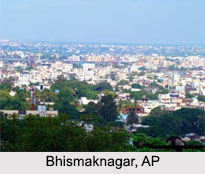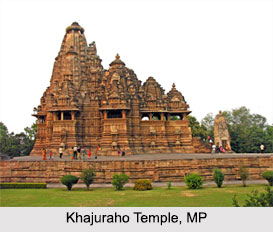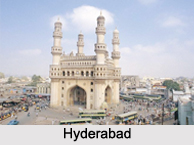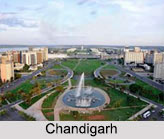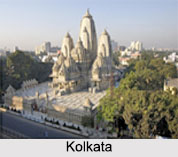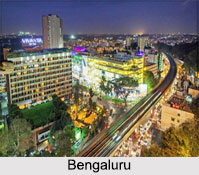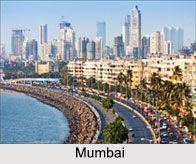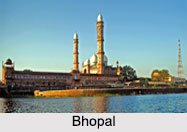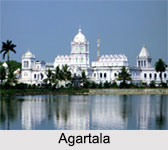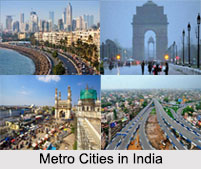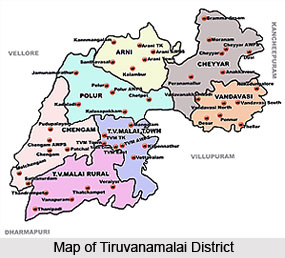 Numerous towns and cities have thronged the continent of India. In the state of Tamil Nadu one finds no paucity of towns as well. One such important town is Kilpennathur. Kilpennathur is an example of panchayat town, which lies in the district of Tiruvanamalai of Tamil Nadu state.
Numerous towns and cities have thronged the continent of India. In the state of Tamil Nadu one finds no paucity of towns as well. One such important town is Kilpennathur. Kilpennathur is an example of panchayat town, which lies in the district of Tiruvanamalai of Tamil Nadu state.
For developing familiarity with a town in Indian subcontinent, it becomes essential on the part of any person first to collect information about its demographical features. Thus keeping pace with this trend of the nation, a handful of demographers have been appointed for conducting surveys in Kilpennathur town. As a result they have succeeded to prepare comprehensive reports on Kilpennathur. One such prominent report is the Census report of India that has been published in the year 2001. Amongst the demographers the report has earned the repute of being one of the most appropriate documents depicting the true scenario of Kilpennathur`s demography. If one analyses this report deeply, one can get acquaintance with certain data of Kilpennathur like population status, literacy status etc.
According to this report, the total population of Kilpennathur showed a counting of 12,504. An interesting fact too has been highlighted in this report. It has been rightly deciphered that both males and females are in equal proportion.
From this census report of 2001 , information about literacy rate of Kilpennathur also can be deciphered. Since literacy rate indicates the growth and development of a town, the high average literacy rate of Kilpennathur confirms to its progress and prosperity. Thus 65 % and 59.5 % are the average literacy rates of Kilpennathur and India respectively. Moreover, if a person wants he also can get to know the condition of both male and female literacy rates and that too separately. Males are inclined to education and it is evident from its male literacy, which is quite high. In other words, 74 % is the male literacy rate. Rate of female literacy is less constituting 56 %. In Kilpennathur, children who fall into the age group of less than six years constitutes of 12 % of the population.
